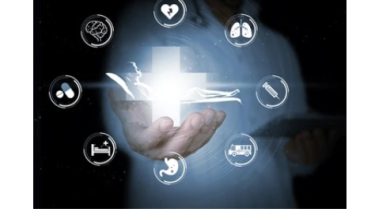SAP, CleaVision use machine learning to reduce risk of preventable blindness in premature babies

Developed in India, the programme is being piloted at Narayana Nethralaya Eye Institute in Bengaluru
SAP and CleaVision have announced an innovative new programme aimed at reducing the risk of preventable blindness as a result of Retinopathy of Prematurity (ROP) in pre-term babies. Using the power of machine learning and data analytics, the CleaVision solution helps time-pressed doctors to arrive at a more accurate diagnosis while focusing on what’s most important – treating at-risk babies. Developed in India, the programme is being piloted at Narayana Nethralaya Eye Institute in Bengaluru. It’s estimated that the screening programme can be scaled up to further outreach and low-resource settings, minimising time to diagnosis and maximising the potential for treatment.
“Early diagnosis is essential as most babies will recover completely if they get timely treatment for ROP,” said Chirag Gupta and Narayan V K, Co-founders, CleaVision. “With India having the highest number of pre-mature pregnancies and the fact that there are relatively few qualified ROP practitioners, the more we can digitise and automate pre-screening, the more time those practitioners can spend on actual treatment.”
The CleaVision solution integrates image data processing with SAP Business Technology Platform, SAP AI Platform, and SAP Analytics Cloud to automate the identification of retina and blood vessel features and to make a recommendation on plus disease – a severe manifestation of ROP in premature babies. The screening data is then served to hospitals and can be reviewed by qualified medical professionals in the KIDROP (Karnataka Internet Assisted Diagnosis of ROP) telemedicine network.
“The diagnosis of plus disease is germane to ROP treatment decisions,” said Dr Anand Vinekar, Head, Paediatric Retina Department at Narayana Nethralaya Eye Institute. “The CleaVision deep learning automatic ROP Plus disease detection app has shown the ability to differentiate between plus and no plus disease, which is very likely to aid technicians and ROP specialists in arriving at a more accurate triaging diagnosis. That, in turn, would help treat these babies on time, giving a better outcome which prevents blindness from ROP. We are piloting the software through the KIDROP programme, which performs up to 2,500 imaging sessions each month from 135 neonatal units across Karnataka.”



